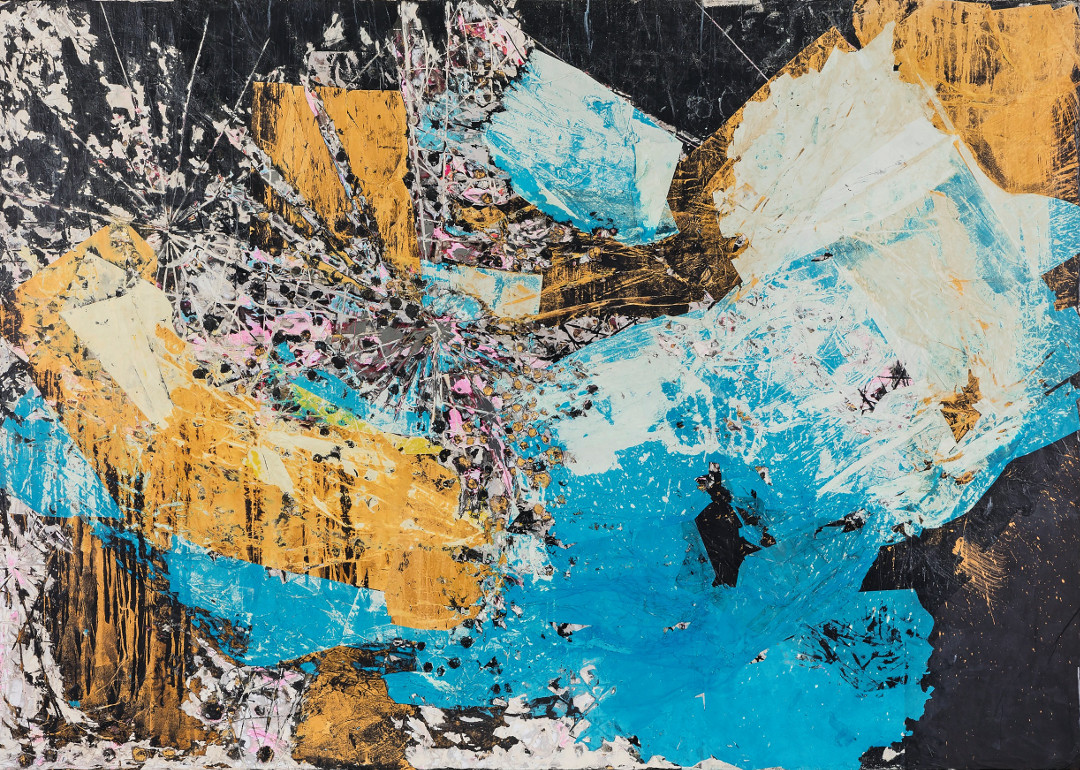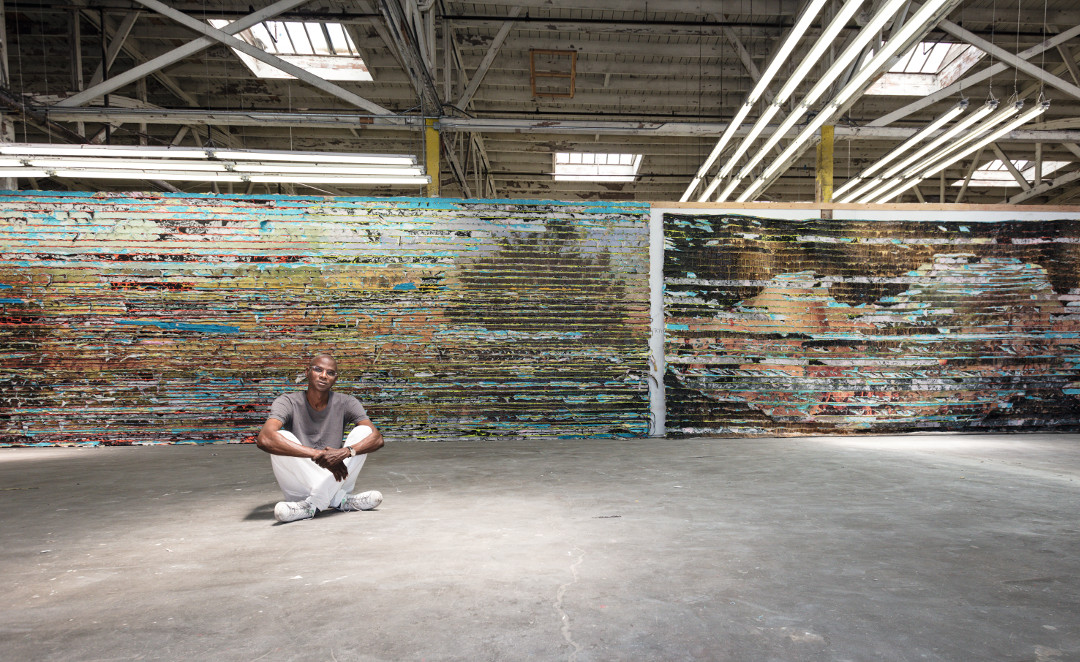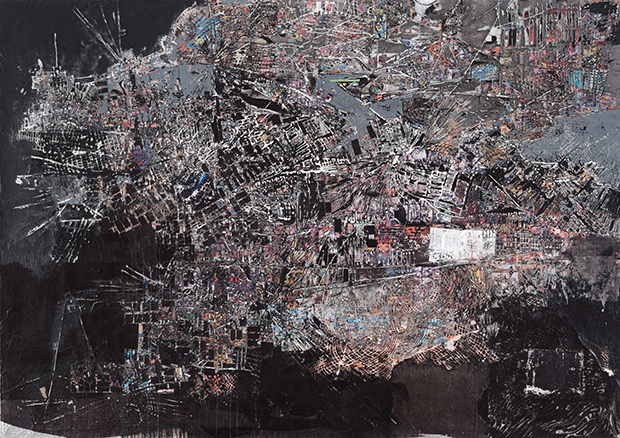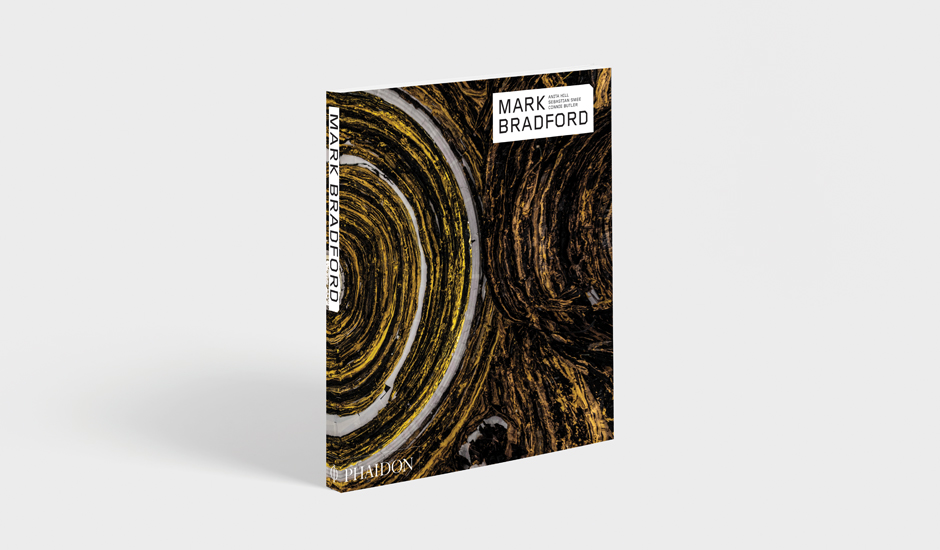
Did you spot Mark Bradford at the beach?
Here’s how the Californian coastline - and ancient mariners’ myths - feed into the work of the LA artist
When Mark Bradford was eleven, he and his mother moved from the Los Angeles neighbourhood of West Adams to the beachside community of Santa Monica.
This new distrct was almost entirely white, as critic Sebastian Smee explains in our Mark Bradford book, and “Bradford was, at this stage, very much a spectator, or flâneur. Walking up and down the boardwalk at Venice Beach, looking at passers-by, he felt himself to be on the fringe of things: ‘I figured people who live on the fringes of society, they’re more free, they can choose to visit anywhere, they don’t belong to anywhere’.
“In Santa Monica (close to where, unbeknownst to Bradford, the painter Richard Diebenkorn was continuing a long run of celebrated abstract paintings, haunted by ghosts of figuration, called the ‘Ocean Park’ series), Bradford took a liking to the beach. ‘I was a surfer kid and a boogie-boarder,’ he said. He regularly cut classes, and greedily imbibed California beach culture.”
You can see some of Diebenkorn’s Ab-Ex splatter in Bradford’s works, such as Let’s Walk to the Middle of the Ocean, as well as the sea blue edges of LA; like many of his paintings, Let’s Walk to the Middle of the Ocean seems to reflect some of LA’s geography, with the city's grid giving way to the crooked Pacific coastline.

Smee links this aerial view to other seminal moves for Bradford, when, in the early nineteen-eighties, he took a number of trips to Europe, flying to and from LAX airport. “Think of what he might have felt as he looked out of the window, the plane banking left or right," Smee writes. "Think of the grid, the famous Los Angeles grid, sandwiched between mountains, desert and coastline; north, south, east, west; Santa Monica, West Adams, Leimert Park; childhood days without end; teenage experiments; adult apprehension … The grid (getting nearer now): the snaking freeways dividing but also connecting the city; a cluster of familiar blocks picked out from above; fleeting glimpses: that beach, that park, that street...”

However, the ocean isn’t a wholly biographical element in Bradford’s work; it also relates back to race.
“I’ve always been interested in maps and trade routes,” the artist tells the social policy professor Anita Hill in our new book. “For my people, how I got here, the Middle Passage and trade were linked. We were basically a currency that they brought from Africa and dropped off in the Americas. The early seafaring maps would be loaded up with these mythological creatures that existed in these oceans. The first mapmakers portrayed the sea as a scary place to dissuade others from going there. It was all myth on top of myth.”
Today, those myths, in Bradford’s opinon, have travelled a few miles further inland. “Here is South Central LA, it’s probably 95 percent Latin,” he says. “It’s become a mythological ocean that’s full of sea monsters. It’s othered and it’s dangerous – filled with many types of ‘monsters’.”

For more on this important artist order a copy of our Mark Bradford book here.